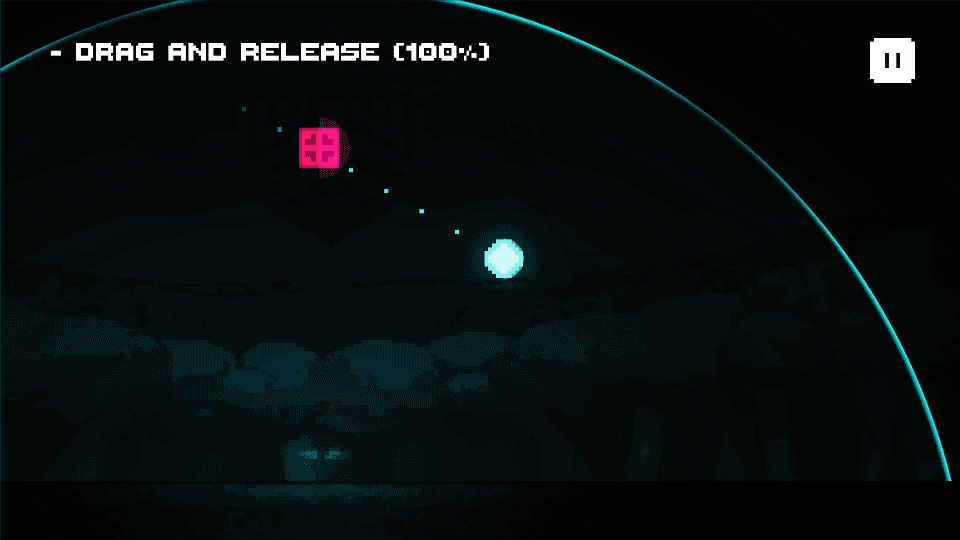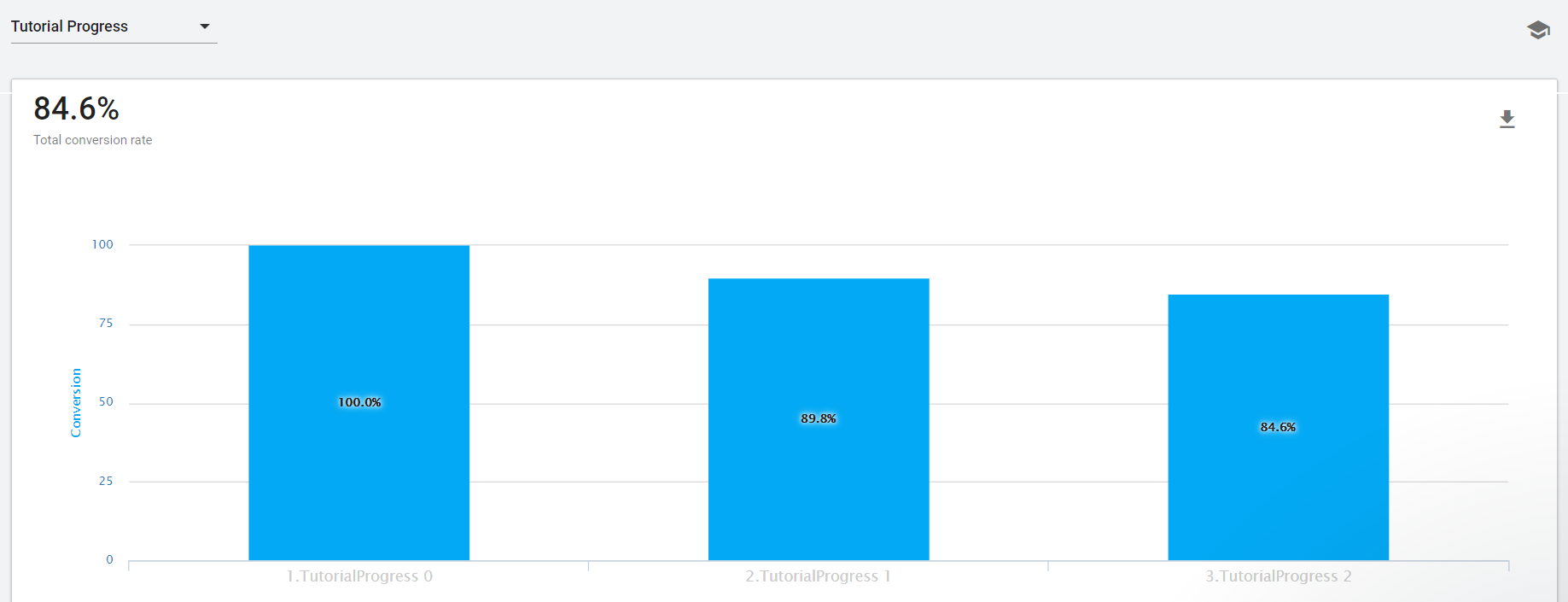Usability test - a
Touch control dilemma

Tests revealed that there were two types of players: "slingshotting" versus "flicking" and they each consisted about half of my testers. Whichever control I chose appeared to confuse the other half of the testers even when informed of the intended controls.

I later realized that the placeholder of the direction indicator shared resemblance with drag indicators, which confused players. The direction indicator was later reworked.
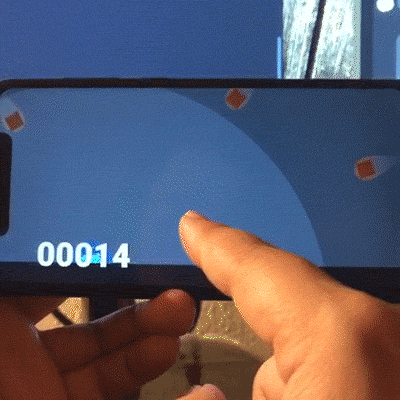
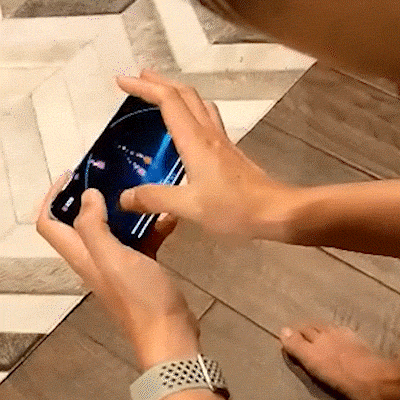
Usability tests were conducted both in person and remotely. Before each test, new subjects were recruited to ensure there were subjects that had first time experiences. Research data were collected from interviews and scripted events in the app.
Usability test - B
providing options
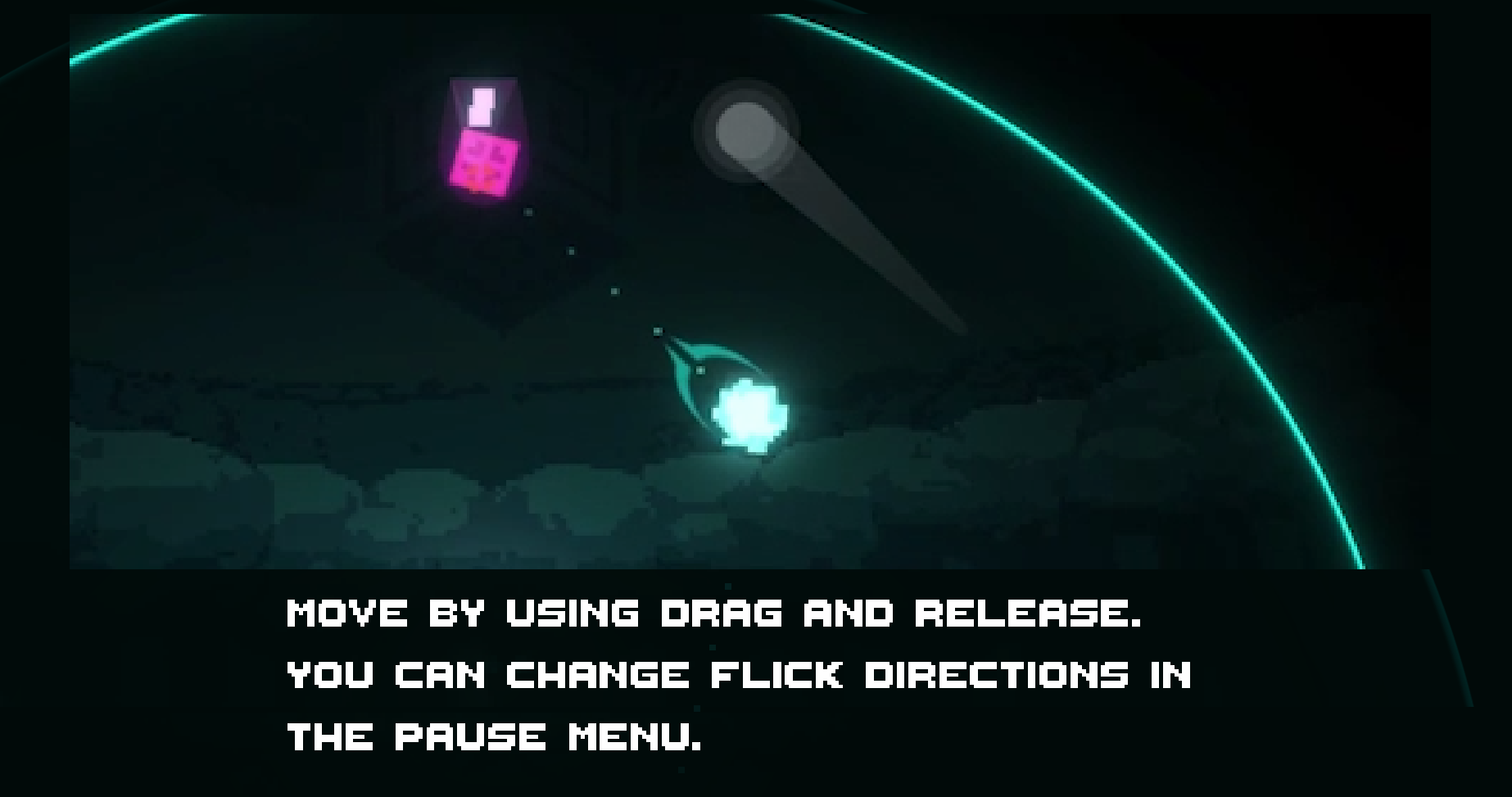
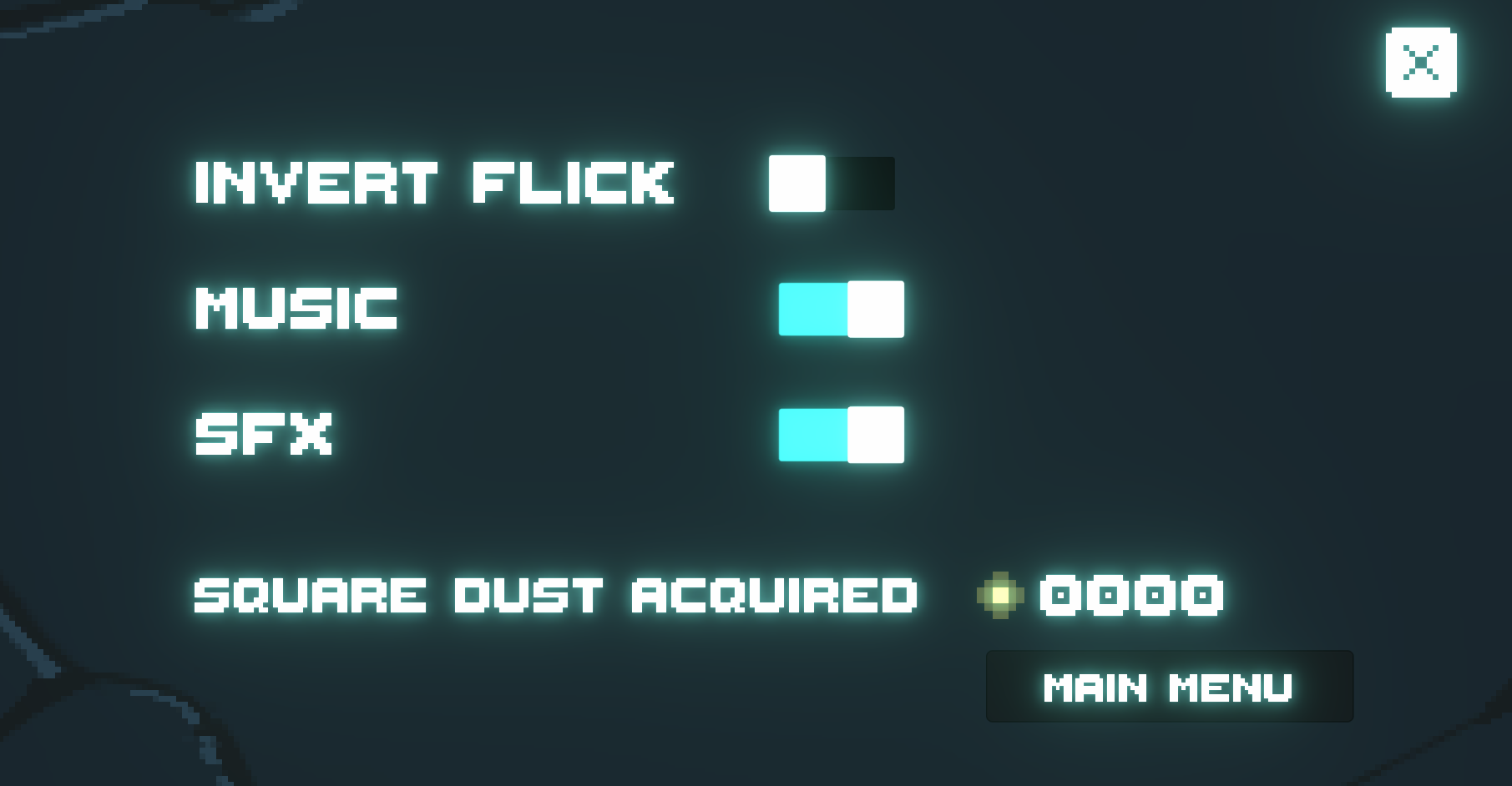
To accommodate players that prefer flicking and slingshotting, I added a toggle for inverting the controls. A tutorial with video demonstrations and text descriptions was also added. The findings were as the following:
- Players didn't read nor watch the video. They just tapped through everything to jump right into the game.
- Players still missed the option to toggle control.
- Some players quit the game during the tutorial due to the unfavorable controls.
